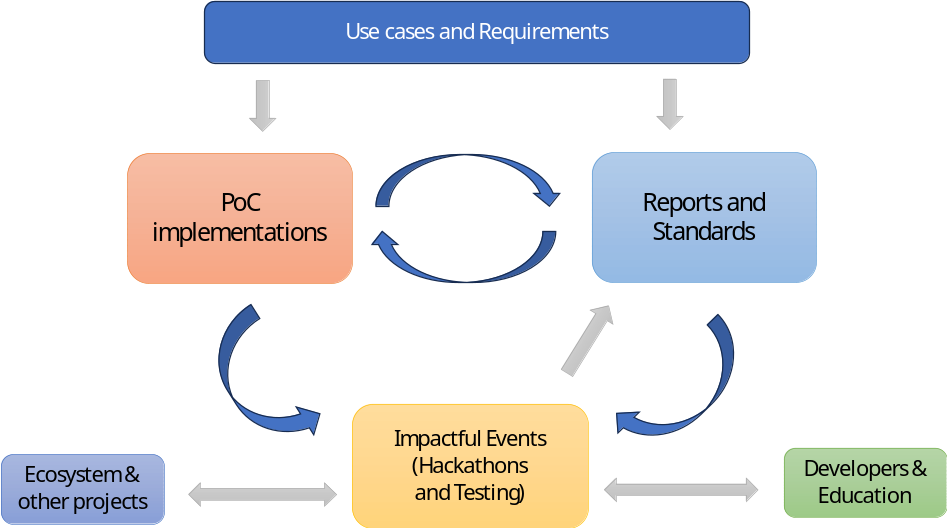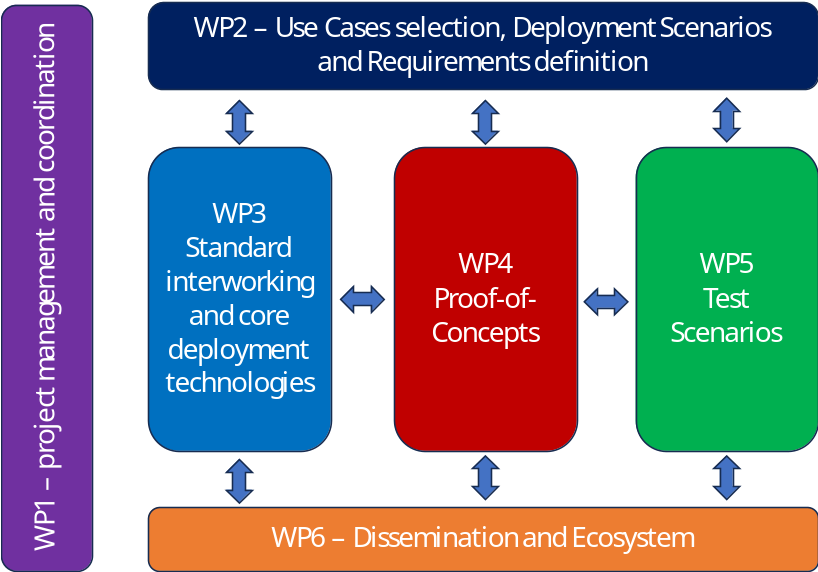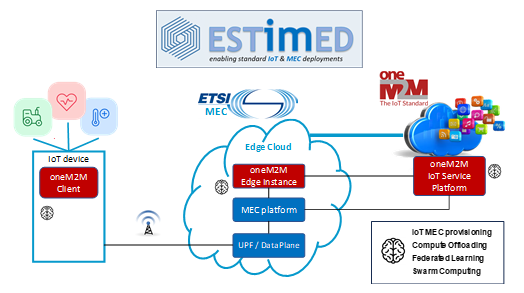ESTIMED Project Overall Approach
The ESTIMED project aims to integrate technical expertise with international standards and ecosystem collaboration to drive the adoption of edge IoT. The project unfolds in three phases:
- Phase 1 (First Year): Focuses on requirements gathering, system design, and specifications.
- Phase 2 (Second Year): Delivers mature Proofs of Concept (PoCs) and standard reports, incorporating hackathon results.
- Phase 3 (Final Year): Culminates in published standards, interoperability tests, and open-source PoC implementations.



